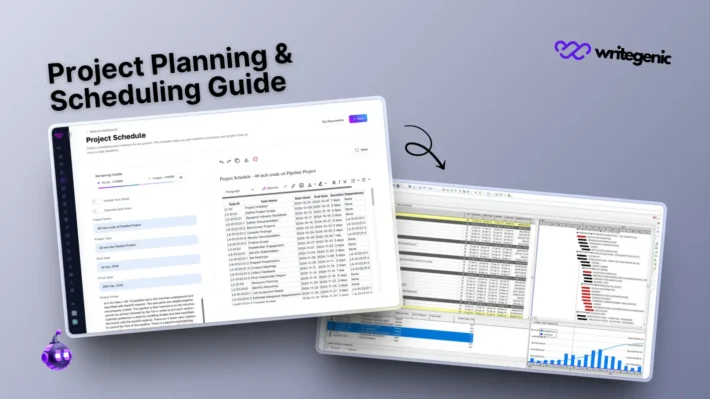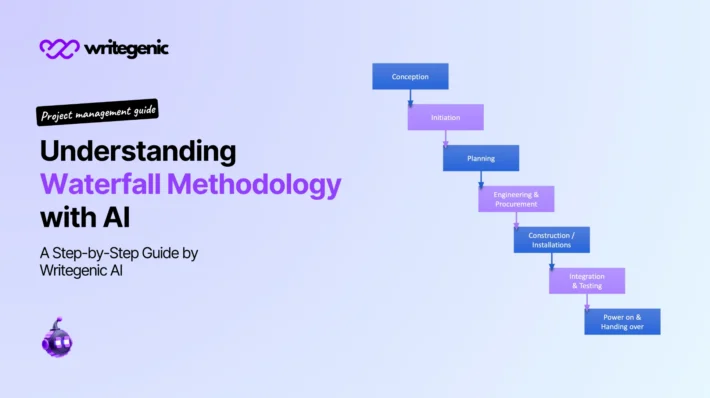5 Steps in Decision Making Process: Guide with Examples

Following the steps in decision making process is important for choosing wisely, efficiently and promptly in any setting. Applying these steps allows groups to work more productively, save expenses and remain on the same road to their long-term intentions. If you want to make the right choice for your business or career, having a structured process will give you focus and build your trust.
Here, we’ll explain the 5 steps in decision-making process, the importance of decision making and effective techniques of decision-making, accompanied by examples.
Table of Contents
What Is Decision Making?
Making a decision means selecting the most suitable action among several other options. The process is to review possible actions, estimate the outcomes and pick one that moves you closest to your aims. Making good decisions is very important in business strategy, leadership, project management and daily routines. It is also closely related to problem solving and decision making in professional contexts.
Importance of Decision Making
The importance of decision making cannot be ignored. Your decisions always affect how a task, project or your whole life develops. Making wise strategies improves how companies support their goals, lessens risks, earns stakeholders’ trust and keeps them in the lead. This is especially true when it comes to decision making in business, where even small choices can have long-term consequences.
Benefits of Strong Decision-Making Skills:
- Better time and resource management
- Improved team productivity
- Increased confidence and clarity
- Reduced risk of failure

5 Steps in Decision Making Process
Following the 5 steps of decision-making process with examples will help you structure your choosing:
1. Identify the Problem or Decision to Be Made
The first thing to do is to identify the issue or opportunity that needs a decision. Setting up a clear problem gives you direction so you can fix the core issue.
Example
The marketing team’s performance declines and the manager has to decide if restructuring duties is a good approach.
2. Gather Relevant Information
Gather all the important data you need for the decision. Key aspects are attaining internal data, gathering insights from stakeholders, finding market insights and drafting financial expectations.
Example
The manager checks through employee comments, check project dates and review performance measures.
3. Identify Alternatives
List each possible alternative you can think of. Not judging your ideas during brainstorming allows you to think more creatively.
Example
Some alternatives might be getting more people to do the work, assigning employees differently or using different resources.
4. Weigh the Evidence and Choose Among Options
Analyze each option using cost, its effect, how likely it is to work and how it connects with what you want to achieve. At this point, you have to think deeply and might use techniques of decision-making such as SWOT analysis or decision matrices.
Example
After finishing the analysis, the manager opts to introduce a new tool for project management to make work easier.
5. Take Action and Review the Decision
Take action with the chosen approach and observe the changes that take place. Check that the outcome addresses the problem and make changes if improvements are needed.
Example
Once the rollout is finished, productivity will increase. The manager looks back at the results to judge whether the business is succeeding in the long run.
Techniques of Decision-Making
Several techniques of decision-making can help with every part of the process.
- SWOT Analysis – Analyze the strengths, weaknesses, opportunities and threats using a SWOT Analysis.
- Decision Trees – Outline the possible results that different decision options may bring.
- Cost-Benefit Analysis – Bring the costs and benefits together to see what you get.
- Pareto Analysis (80/20 Rule) – Use the 80/20 Rule to concentrate on the actions that make the biggest difference.
Using these techniques can make your decisions more confident and less uncertain.
Real-Life Example of Decision Making Process
Scenario: A startup founder must decide whether to expand into a new market.
- Identify Problem: Should we expand our business to Europe?
- Gather Information: Analyze market trends, regulations, and customer demand.
- Identify Alternatives: Expand to Europe, Asia, or strengthen domestic presence.
- Evaluate Options: Use cost-benefit analysis to assess profitability and risk.
- Take Action: Choose European expansion and monitor market response.
Summary of the 5 Steps in Decision-Making Process
| Step | Description |
| 1. Identify the Problem | Define the issue or decision clearly |
| 2. Gather Information | Collect relevant data and insights |
| 3. Identify Alternatives | Brainstorm possible courses of action |
| 4. Evaluate Options | Analyze and compare choices |
| 5. Take Action | Implement the best solution and review |
Conclusion
Following the steps in decision making process ensures you can make wiser, quicker and more certain decisions. With the right steps and methods, you can address challenges, grasp opportunities and achieve results wherever you are.
No matter if you are a student, leader or entrepreneur, being good at decision-making process helps you grow personally and professionally.
FAQs about Decision Making Process
Why is the decision making process important in business?
In business, decision making helps lower risks, get the most out of resources and ensure all goals are aligned with each other. It supports strategic development and more efficient resource handling.
How does decision making relate to problem solving?
Decision making plays a major role in solving problems. After You understand what the problem is, you need to take steps to solve it. Critical thinking, analysis and evaluation are all used in each field.
What is the role of evaluation in the decision making process?
After the decision is implemented, evaluation helps determine how well it succeeded. It provides that the decision meets the target and helps plan further improvements.


